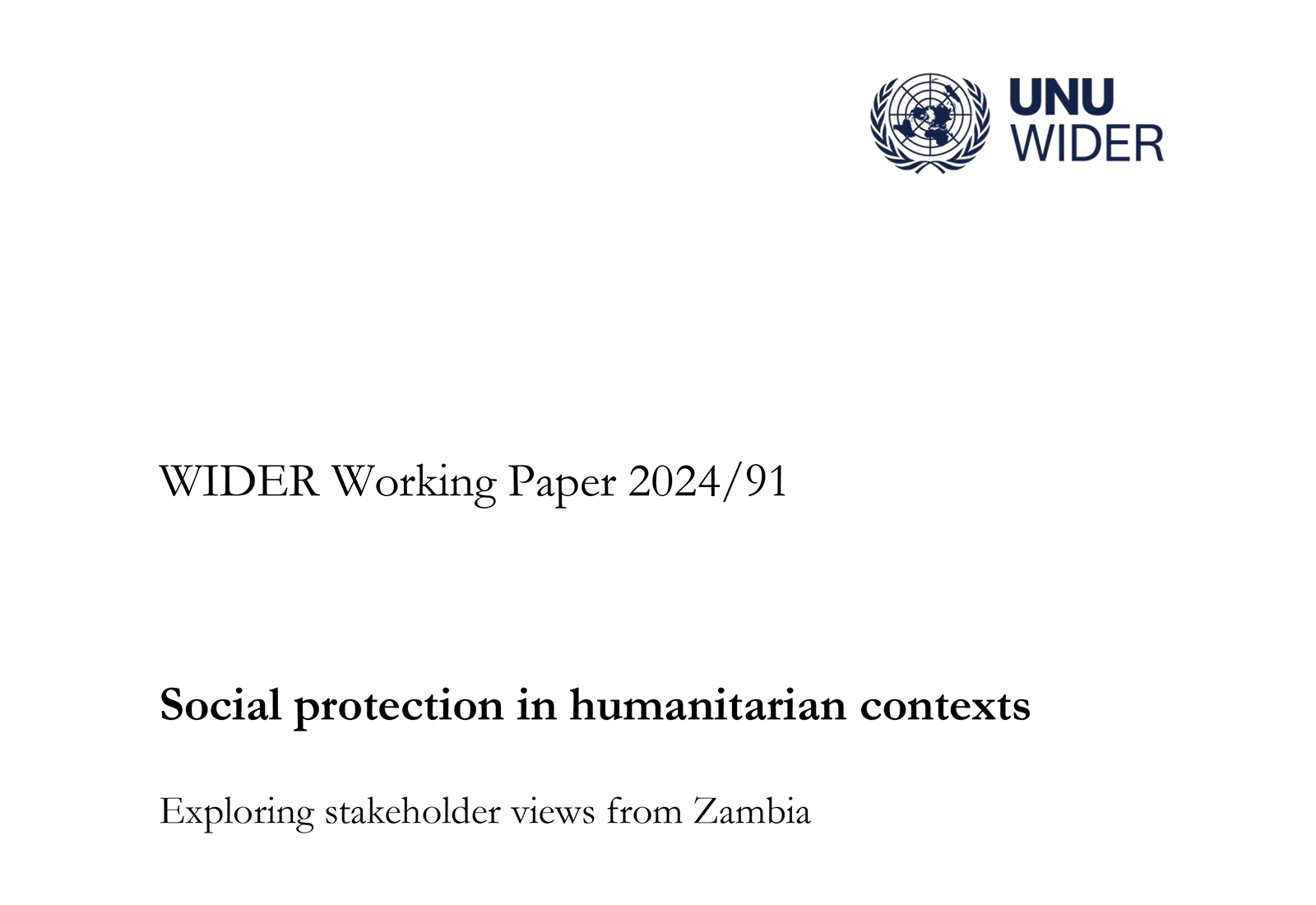Income Inequality and Economic Growth: Is There a Difference between Rising and Falling Top Income Shares?
Abstract
This study contributes to the vast empirical literature on the interplay between income inequality and economic growth in two fronts. First, by using data from the World Inequality Database, potential cross-country heterogeneity, which is concealed in studies that use panel data, is addressed. Second, by adopting a flexible autoregressive distributed lag model, the growth of per capita GDP is allowed to have asymmetric responses to rising and falling top income shares. The analysis covers six countries over the period 1950-2010: Australia, Canada, France, India, Japan and the United States. In France and the United States, falling income shares of the highest-earning percentile were associated with lower subsequent economic growth. In India, growth was positively associated with a rising top income share. Thus, evidence is found for both cross-country heterogeneity and asymmetries. Adjustment processes to changes in inequality took place quickly in all countries suggesting that the empirical approach captures relatively direct economic mechanisms rather than slow-moving transmission channels. Furthermore, up-to-date data on the top income shares are used to briefly revisit previously used panel estimation techniques.
Julkaisun tiedot
Juuti, T. (2020), Income Inequality and Economic Growth: Is There a Difference between Rising and Falling Top Income Shares? SSRN Electronic Journal.
- JEL: O11, O15, O40

- Toni Juuti
- erikoistutkija
- Puh. +358-40 940 2853
- toni.juuti@labore.fi
- Tutkijaprofiili


